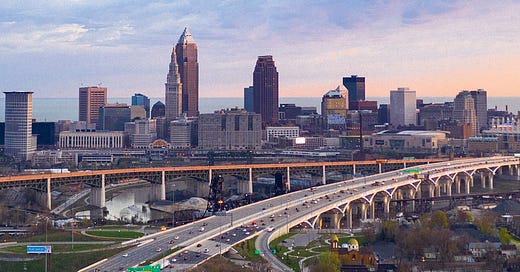It's Cleveland Against the World
Cleveland has the bones of a great American City. What will it take to get people to come back?
Growing up in Northeast Ohio, I never understood why people around me identified so heavily with Cleveland. Out-of-towners and Cleveland natives alike found joy in shitting on it. Our sports teams seemed addicted to losing. The city felt like it was crumbling. And the people around me who claimed to love it so much never wasted an opportunity to tell me how unsafe it’s getting up there. People have been saying that the city is coming back for 30 years now, but I found it hard to believe when every data point I had pointed to decline and stagnation.
The first indication that I might be wrong about my 30-minute-away hometown came on June 19, 2016. That day our 52-year championship drought ended when the Cavs won Game 7 of the NBA Finals against the Golden State Warriors. Cleveland was once again the city of champions, our sports teams no longer sucked. The vibe shift was palpable, with people left and right proclaiming that Cleveland was back. Even I was swept up in the fervor as an angsty 14-year-old who did not particularly care about sports
On the surface, it seems the great vibe shift of 2016 was little more than an aberration. Both the Cavs and the newly rebranded Guardians have been performing well, but both have yet to bring home championships since then. The Browns of course still suck and will likely continue to suck. And beyond sports, the city continues to lose people, with population declining 6.1% to just over 372k according to the 2020 Census, the lowest figure since 1890 and less than half of its 1950 peak of just over 900k.1
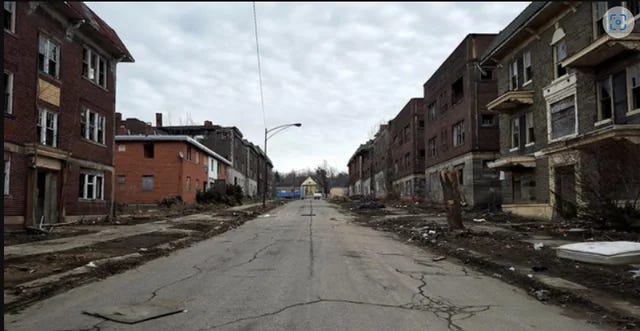
It’s easy to look at sports titles and census figures and assume that Cleveland is failing as a city, but I think there is a different story here. Cleveland has shown itself to be incredibly resilient in the face of crisis after crisis, from white flight and race riots to deindustrialization and the 2008 recession. Time after time, Cleveland has been an extreme case study for just about every issue facing urban America, and despite all of this, Clevelanders have remained relentlessly optimistic for their future.
While I question the efficacy of good vibes in reversing the decline of the Rust Belt metropolis, Cleveland does have a lot going for it. From a planning perspective, the city is better suited for growth than many of its peers with its dense urban core and existing mass transit infrastructure (get it together Columbus). Additionally, city leaders are eager to build on the city’s assets, including Mayor Justin Bibb, who has championed sustainable urbanism as a way to make Cleveland more livable.2 After 70 years of decline, the city still has the bones of a great American city, and its trajectory over the past decade or so suggest that its worst days are behind it.

But while new development and transportation projects are exciting to planners, they don’t solve the problem of population loss. In recent years the city has done better in attracting college graduates to live and work in Cleveland, but there is limited empirical evidence to suggest that they are staying and choosing to build lives there.3 Anecdotally, I know several people in the past year who have come to Cleveland to work after graduation, only to leave after a year or two for higher salaries, usually in the growing sunbelt metro areas. Most of my friends who grew up in Northeast Ohio that left for school have no intention of coming back, and I am no exception. Although my experiences are not statistically significant, I have a hunch that this same story plays out in the aggregate; young professionals do move to Cleveland, but they don’t necessarily stay there.
Big things are happening in Cleveland, thanks in no small part to a new generation of city leadership and generous investment from the federal government under the Biden Administration, but the future remains more uncertain than ever. At the state level, lawmakers seem to ignore Northeast Ohio in favor of boosting Columbus as a world class city to attract investment from companies like Intel. At the federal level, the Trump Administration has signaled that it will be less friendly to big cities, which could stall the progress made over the last four years.4 And if mass deportations come to pass as promised, neighborhoods that have been revitalized by new immigrant communities like Clark-Fulton on the west side could be torn apart, further cementing the city’s decline.5
If the city wants to grow again, it needs to retain the people who already call Cleveland home while continuing to attract newcomers. It’s going to take more than good vibes and federal funding to reverse decades of decline. But despite all of the uncertainty ahead, one thing is for sure: if it’s Cleveland against the world, I’d rather be Cleveland.
.

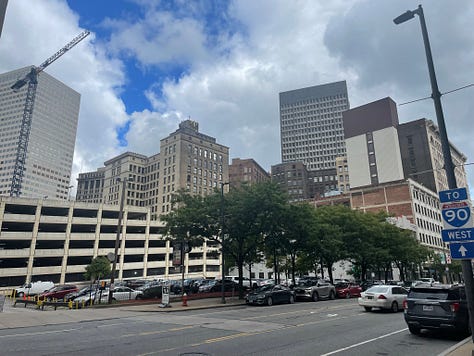
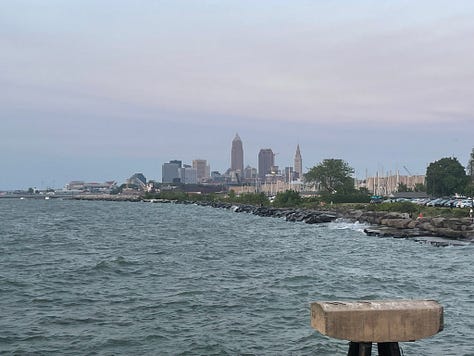
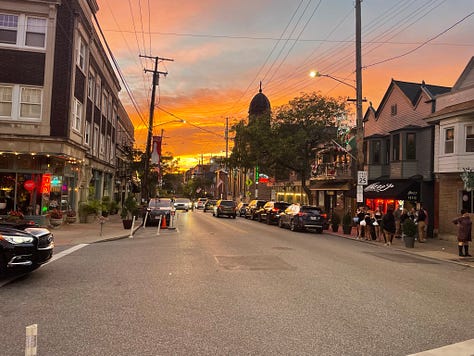
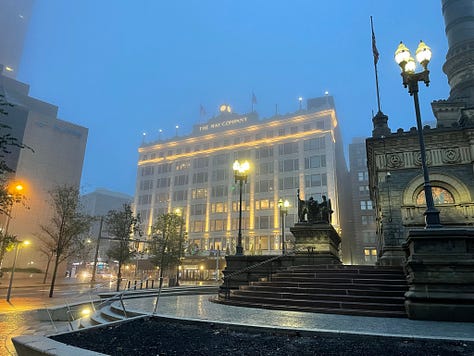
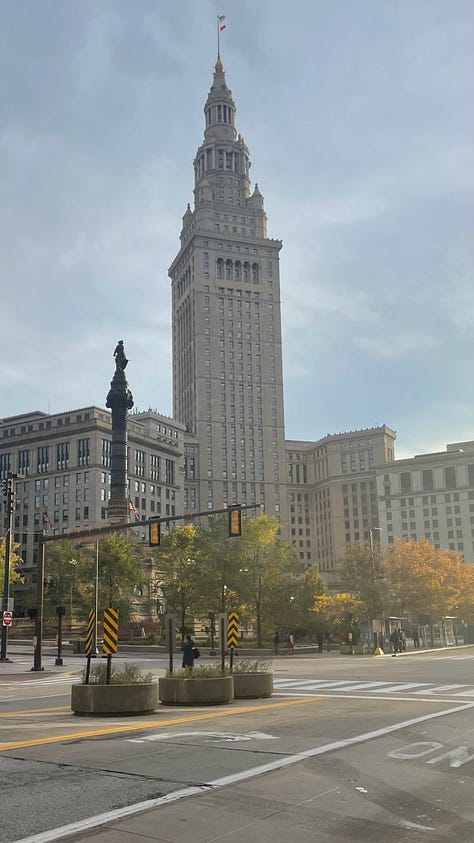
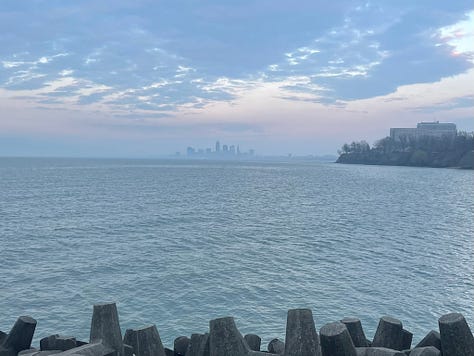
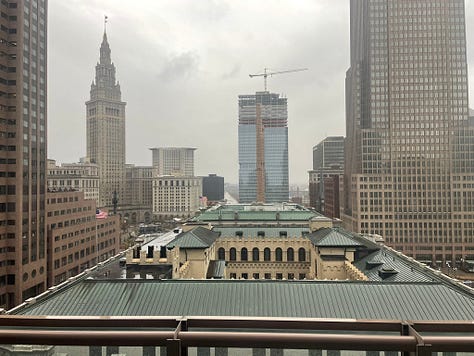
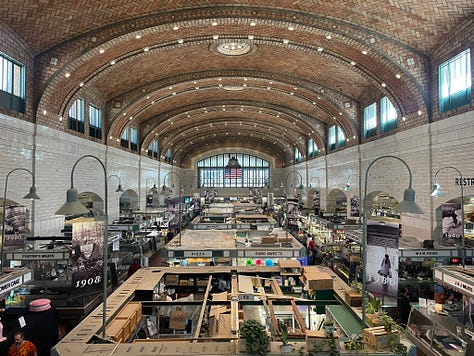
U.S. Census Bureau. (2020). RACE. Decennial Census, DEC Redistricting Data (PL 94-171), Table P1. Retrieved November 19, 2024, from https://data.census.gov/table/DECENN
IALPL2020.P1?g=160XX00US3916000.
City of Cleveland. Cleveland takes big steps toward Mayor Bibb’s vision for a 15-minute city. (2023). https://www.clevelandohio.gov/news/cleveland-takes-big-steps-toward-mayor-bibbs-vision-15-minute-city
Prendergast, Ken. Cleveland is Seeing ‘Brain Gain’ - for a Change. NEOTrans Blog. (2023). https://neo-trans.blog/2023/05/16/cleveland-is-seeing-brain-gain-for-a-change/
Aued, Blake. Monday’s Headlines Have More Election Fallout. Streetsblog. (2024). https://usa.streetsblog.org/2024/11/11/mondays-headlines-have-more-election-fallout
Berube, Alan. Urban America has a lot to lose if Trump’s immigration proposals prevail. The Brookings Institution. (2024). https://www.brookings.edu/articles/urban-america-has-a-lot-to-lose-if-trumps-immigration-proposals-prevail/


